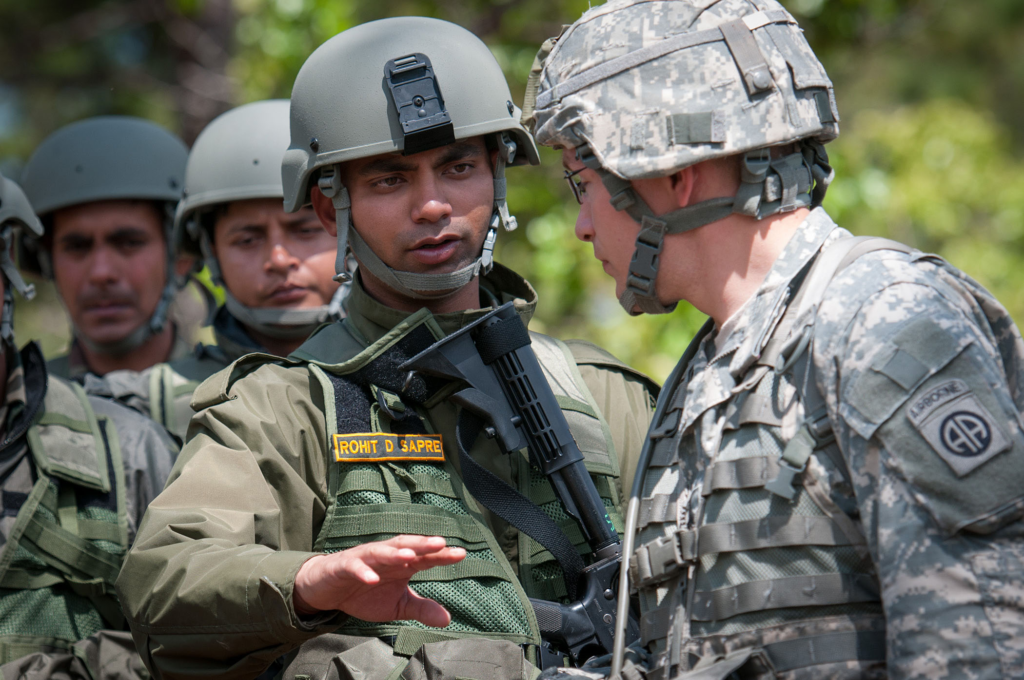
Introduction:
The Indian Army is renowned for its rich history and formidable presence. With a diverse range of regiments and corps, it stands as a symbol of strength and valor. In this blog post, we will explore the various regiments and corps that constitute the Indian Army, shedding light on their roles, history, and significance.
- History:
The Indian Army boasts a glorious military history that spans centuries. From ancient kingdoms to the British Raj and the modern-day Indian Republic, the army has evolved and adapted to meet the challenges of changing times. Understanding this history provides valuable insights into the army’s traditions and ethos. - Regiments:
2.1 Armoured:
The Armoured regiments of the Indian Army form the backbone of its mechanized warfare capabilities. These regiments operate various armored combat vehicles and play a crucial role in armored operations, reconnaissance, and supporting ground forces.
2.2 Artillery:
The Regiment of Artillery is responsible for providing fire support to the Indian Army. It encompasses both weapon-equipped units and mission support units. The weapon-equipped units comprise regiments equipped with missiles, rockets, field guns, medium guns, mortars, and other artillery systems. On the other hand, mission support units handle equipment such as UAVs, drones, surveillance radars, and weapon locating radar.
2.3 Infantry:
The Infantry regiments form the largest component of the Indian Army. They are the backbone of the ground forces and are responsible for engaging in direct combat. Infantry regiments are organized into battalions, each with its own unique history, traditions, and role on the battlefield.
2.4 Mechanized:
Mechanized regiments combine infantry with armored vehicles, enhancing their mobility and firepower. These regiments play a crucial role in armored warfare, providing the army with rapid deployment capabilities and the ability to swiftly maneuver in various terrains.
2.5 Corps of Army Air Defence:
The Corps of Army Air Defence safeguards the Indian Army from aerial threats. It consists of specialized units equipped with surface-to-air missile systems, anti-aircraft guns, and radar systems. These units play a vital role in protecting military assets from hostile aircraft and missiles.
2.6 Corps of Engineers:
The Corps of Engineers is responsible for a wide range of engineering tasks, including constructing bridges, roads, and defensive structures. They also handle mine warfare, water supply, and other logistical support functions. The engineers provide essential support to the army’s operational requirements.
2.7 Army Aviation Corps:
The Army Aviation Corps operates a fleet of helicopters and fixed-wing aircraft to support the Indian Army’s operations. They provide reconnaissance, transport, and close air support to ground forces, enhancing their mobility and effectiveness on the battlefield.
2.8 Corps of Signals:
The Corps of Signals is responsible for establishing and maintaining the army’s communication networks. They ensure seamless communication between units, enabling effective command and control during operations. The corps also handles electronic warfare and signals intelligence.
- Conclusion:
The regiments and corps of the Indian Army form a formidable force, representing the nation’s commitment to national security and defense. Each regiment and corps plays a unique and vital role in ensuring the army’s operational readiness and success. Understanding their history, roles, and contributions provides a greater appreciation for the Indian Army’s strength and capabilities.
As we delve deeper into the Indian Army’s regiments and corps, we gain a profound understanding of the dedication and sacrifice of the brave men and women who serve in its ranks. Their unwavering commitment to the nation’s defense is commendable and worthy of our utmost respect.